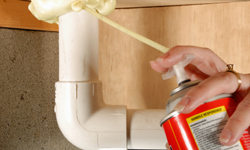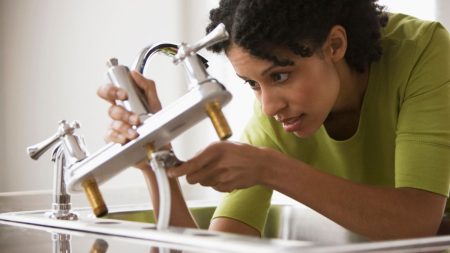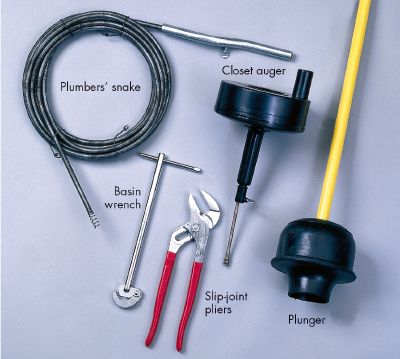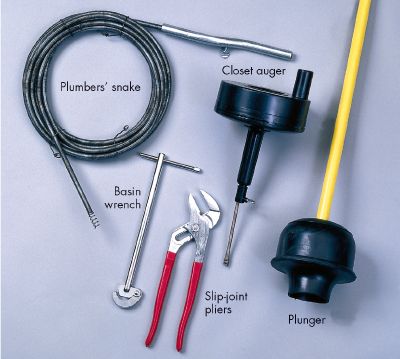Urban areas need to have waste-water treatment facilities to clean the water that is used in their many homes and factories. The start of the process is with the drains and sewage outlets from individual houses and buildings, which take the waste-water down into sewage pipes, usually below ground. The water continues to flow through increasingly larger pipes until it reaches the treatment plant. At strategic points along the way, manholes lead into the pipes, so that they can be serviced when necessary. Ideally, waste-water facilities are located in low-lying areas and the force of gravity moves the water all the way; but when pipes need to go uphill, a lift station or grinder pump is used.
Treatment facilities have between one and three stages of water purification. Primary treatment involves filtering out as much of the solid waste as possible through a screen and then letting the water sit in a number of ponds or pools where the sediments in the water can settle to the bottom. About half of the solid waste, bacteria and organic material can be removed in this way. The wastes can then be removed to a landfill or incinerator. If the treatment plant does not have any further stages, the water is now treated with chlorine to kill the bacteria still in it, and it’s then discharged.
A secondary stage of treatment uses aerated tanks where bacteria can consume much of the remaining organic matter and nutrients in the water. The water then moves to settling tanks, which remove the bacteria. By now, about 90 percent of the waste in the water has been removed. Different waste-water facilities use a variety of tertiary measures to finish purifying the water. This may include filter beds and chemical treatments to remove nitrogen and phosphorus. Chlorination completes the process and the water can be discharged.
Read the full article here














